Open up your favorite magazine, turn on the TV, or look at the ads on a website you frequently visit. Chances are you’ll eventually see a food or beverage product being advertised that says something along the lines of “zero sugar,” “all natural,” or even “no artificial flavors or additives.” Over the last several decades, the global health craze has drilled into our heads that many things are bad for us. Sugar is the enemy. Additives and preservatives must be avoided. Organic is the best. While these statements certainly sound appealing and have a lot of science to back them up, it has also caused many people to become hypervigilant. We blindly equate products that use these “inferior” components as being not as good as others who don’t contain them.
While food and spirits are two vastly different things, they do share the same negative connotations when the topic of sugar and unnatural, or artificial, additives are concerned. There are many production regulations in place for a vast array of spirits from around the world that have strict (some not so strict) guidelines as to what can and cannot be added. For example, straight bourbon can’t have anything added to it other than water and rum coming from Jamaica isn’t allowed to add sugar. One could certainly argue that to really appreciate a spirit you should try it in its purest form. However, we live in a world that doesn’t always offer it in that simple of terms. This brings us to our topic at hand. Additives.
People might be surprised to learn that Cognac, with its meticulous regulations, isn’t necessarily just distilled grape wine aged in a barrel. There could be more in the bottle than one might think. In fact, four different components are legally allowed to be added to your Cognac. They are water, sugar, caramel, and wood flavoring called boisé.
Oh no! Sugar, caramel, and flavoring? Clearly that’s bad, right? Well, it depends on who you ask. To certain consumers, it might sound like something to avoid. To a Master Blender, it can be fully embraced and part of their process. The vast majority of brands use any combination of these additives from the big producers all the way down to the small ones. If you’ve ever enjoyed a glass of Cognac, then you’ve almost certainly consumed one if not several of these additives. They have been used for over 150 years in Cognac production.
What we must understand is that when additives are used properly, these little extra additions to your bottle can help balance everything out. Just like crafting a cocktail or cooking dinner, the flavors need to harmonize together to allow the final product to really shine. Something important to remember is that fruit is very temperamental. Each year the vines will produce slightly different grapes. Acid levels change. Soil composition varies slightly and creates different aromas and flavors in the grapes. Weather impacts the fruit. Additives are seen by many as necessary to keep your flavor profile and appearance consistent. There would be nothing worse than purchasing your favorite brand, pouring a glass, and having it taste different than the last one you bought. This isn’t about cutting corners. It’s about consistency and house style.
In this two-part series, we’re going to take a closer look at these additives used in Cognac production. Let’s get into it and demystify these four ingredients to see what they’re all about.
• • • • •

Water
Okay, we’ll start with the easy one. As with many spirits, water is added to the final product before bottling to bring it down to whatever proof the producer would like. For Cognac, you must bottle your spirit at 40% ABV (80 proof) minimum. When the eau-de-vie comes off the still, it’s somewhere around 70% ABV (140 proof). Once it starts aging in barrel, that number will slowly drop over time due to alcohol being evaporated into the air, called the Angels Share. It could take decades for the eau-de-vie to naturally drop down to the desired proof. If you’re house standard VS or VSOP is 40% ABV (which almost every one on the market is), it’s not going to age long enough to drop the proof naturally, so that’s where water comes in.
But don’t think that the barrels are just emptied, blended, and then a bunch of water is dumped into it. It’s not that simple. Many Cognac producers choose to slowly dilute the aging eau-de-vie over time. Water is added into the barrels directly little by little over the years, as to not overwhelm the spirit, and constantly monitored by the Cellar Master. It’s also common to dilute right after distillation before going into barrel. Regardless of which method is used, once it has been determined that the barrels are ready to be emptied, usually a final amount of water is added during the blending and marrying process. Marrying allows the Cognac to rest and fully incorporate before it gets bottled.
The water being added is distilled or reverse osmosis as to be as neutral as possible. While water itself should be the definition of neutral, we all know that minerals and other elements can be present at different levels in water. The producers don’t want the water to add any off flavors to the Cognac, hence the treatment the water gets. The only job it has is to bring the spirit down to whatever proof is needed.
For an added layer of intrigue, there is something unique that can be used in place of or in combination with water called petites eaux. Petites eaux (“little water” in French) is water that has been placed to “age” in an empty, used Cognac barrel. The water will slowly pull any remaining alcohol out of the barrel staves. According to Nicholas Faith’s book ‘Cognac: The Story of the World’s Greatest Brandy,’ this water solution can get up to around 20% ABV after several months, which shows how much alcohol can potentially still be left inside the barrel staves. Petites eaux is used as a slower method of lowing the proof and, in a way, adding different aromas or flavors. This doesn’t seem to be super common within the industry, but it’s certainly worth noting.
• • • • •
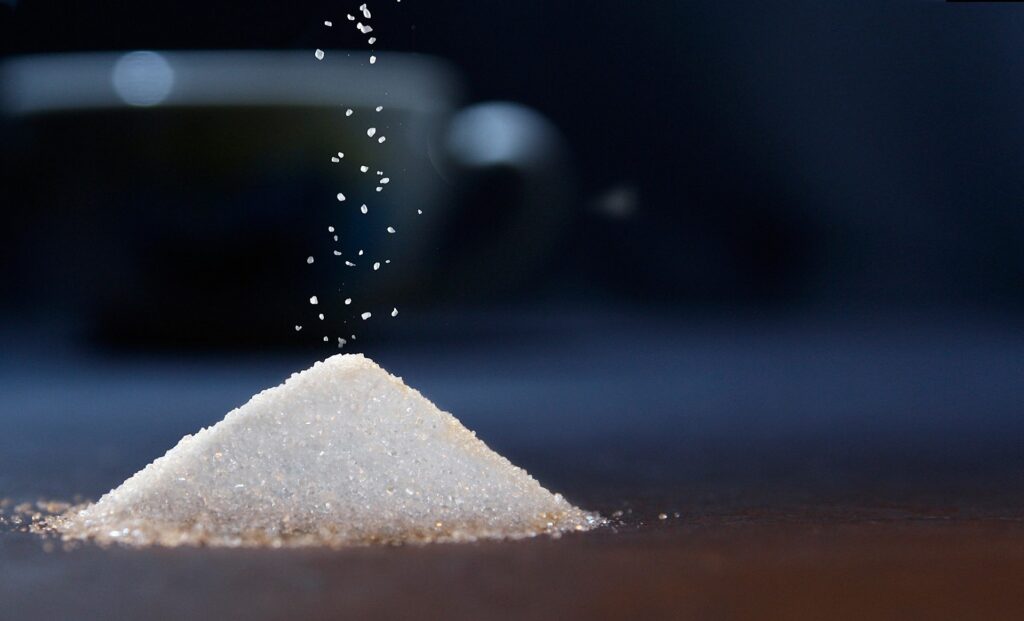
Sugar
Another additive that is allowed in Cognac production is sugar. When you hear “sugar,” you might have some negative connotations or imagery in mind. That’s fairly common and understandable. We’ve been trained over recent years to look at sugar differently than we used to. If you go back in time, sugar was a luxury, usually reserved for the rich. When you look at some of the original classic cocktails, they were very unbalanced, leaning on the sweet side of things. Today, many of us have quite the opposite relationship with sugar in our food and drinks.
Let’s try to put all of our preconceived notions aside for a moment and look at the facts. First, the amount of sugar that can be added to Cognac is small. As per the AOC rules, 4% by volume of additives can be used, or about 16g per liter. That means the total amount of ALL additives (except for water) must not exceed 4% by volume. You could use some sugar, some caramel, and some boisé if you wanted to. As long as the total isn’t over that 4% mark. To put that in different terms, if you had a 750ml bottle of Cognac, about 30ml (1 ounce) could be additives. Could that be all sugar? Sure, if that’s what the producer wants to do. Is that ever the case? Most likely not. In actuality, the majority of brands are using far less than the maximum.
The sugar added is a syrup either made of cane or beet sugar (some houses prefer to use brown cane sugar) and these are all natural. There are no chemical preservatives, nothing created in a lab. The only other ingredient is water. It’s as pure a form of sugar as you can get. Again, to add something else to the equation, it’s also possible to soak Cognac in the sugar and make a pseudo petites eaux, except with spirit instead of water. That mixture can then be added during the blending process as the sugar element.
The purpose of using this additive is fairly straightforward. Sugar is used to either give a rounded texture on the finish of your Cognac or to soften any minor harsh edges the distillate might still have after aging. It’s most often used when a blend consists of a larger amount of younger eau-de-vie. Many VS and VSOP’s will have sugar added. Older blends rarely use any as they’ve had plenty of time to fully develop and soften. Even if the maximum amount of sugar is used, it doesn’t change the flavor of the spirit. The drinker will have an impression of sweetness. It’s more of a physiological trick the sugar plays on you. But remember, the vast majority of brands use far less than the maximum allowed. So, to say that these producers are artificially sweetening their Cognac is just not true.
Even though the added sugar isn’t detectable on your palate, to a Master Blender it can be a very important part of the process. Cognac is all about taste and experience, and when your fruit varies from season to season, they need to be able to correct it (ever so slightly), if needed. That being said, your favorite brand will also vary over time just like the grapes do. One year your favorite VSOP might have 2g/liter of sugar, the next only 1g/liter. But, to you, it tastes exactly like it always does. And that’s the goal. As long as the flavor and texture remain consistent, the Master Blender is doing their job.
• • • • •
In the next post, we’ll discuss the other two legally allowed additives in caramel and boisé. Make sure you don’t miss it by subscribing to the Cognac Reverie blog all the way at the bottom of this page.

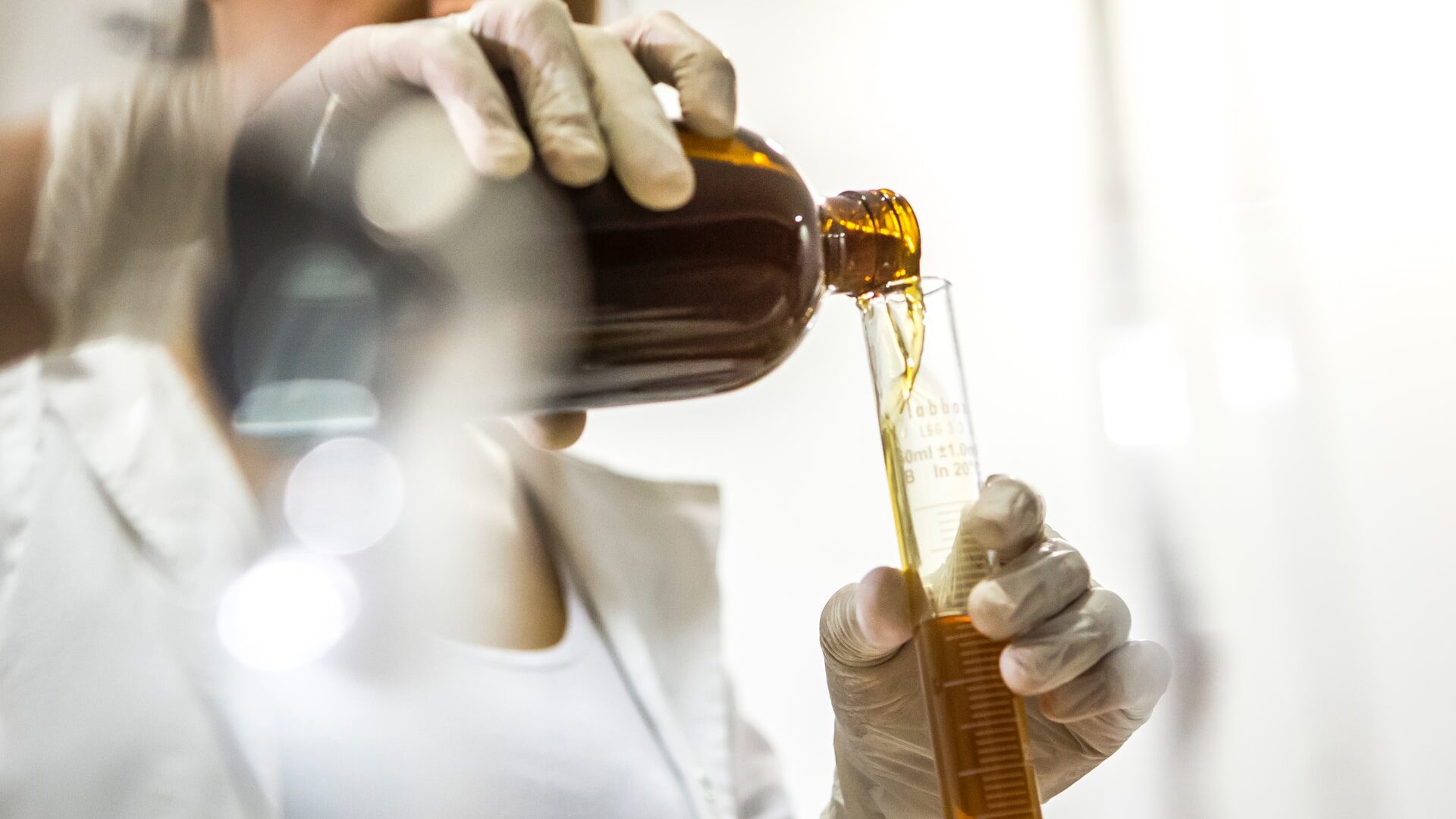
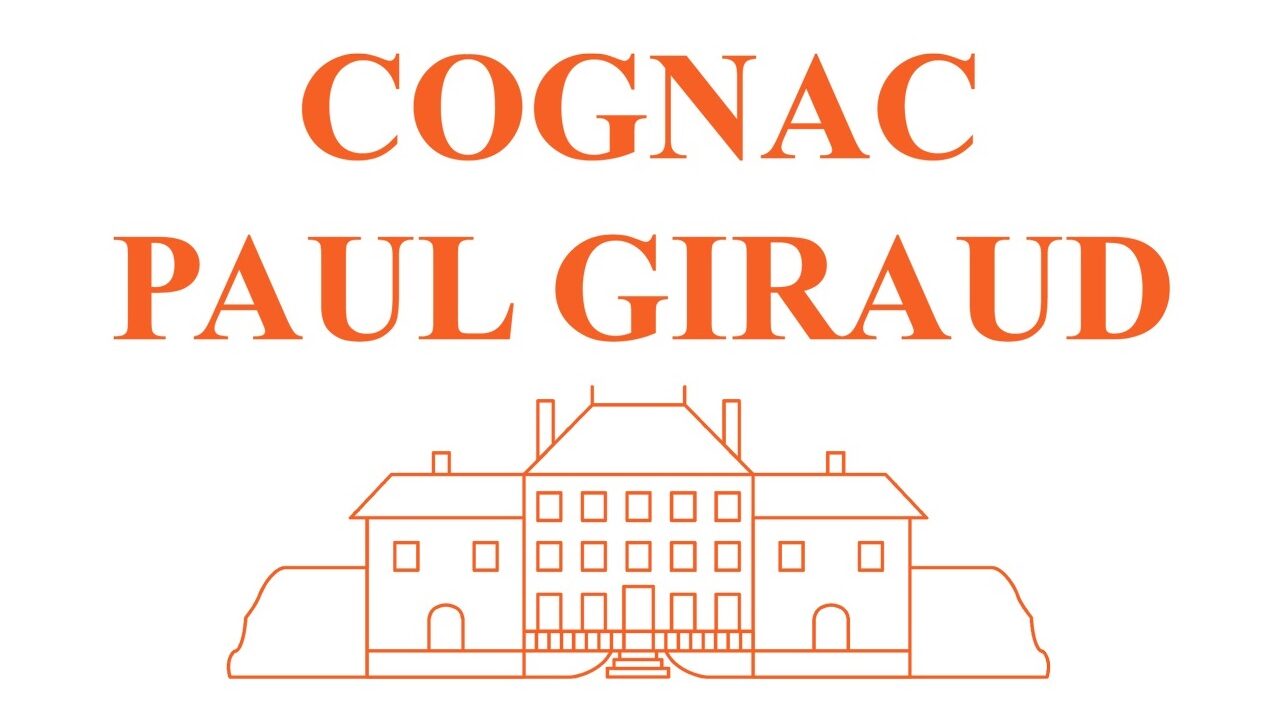
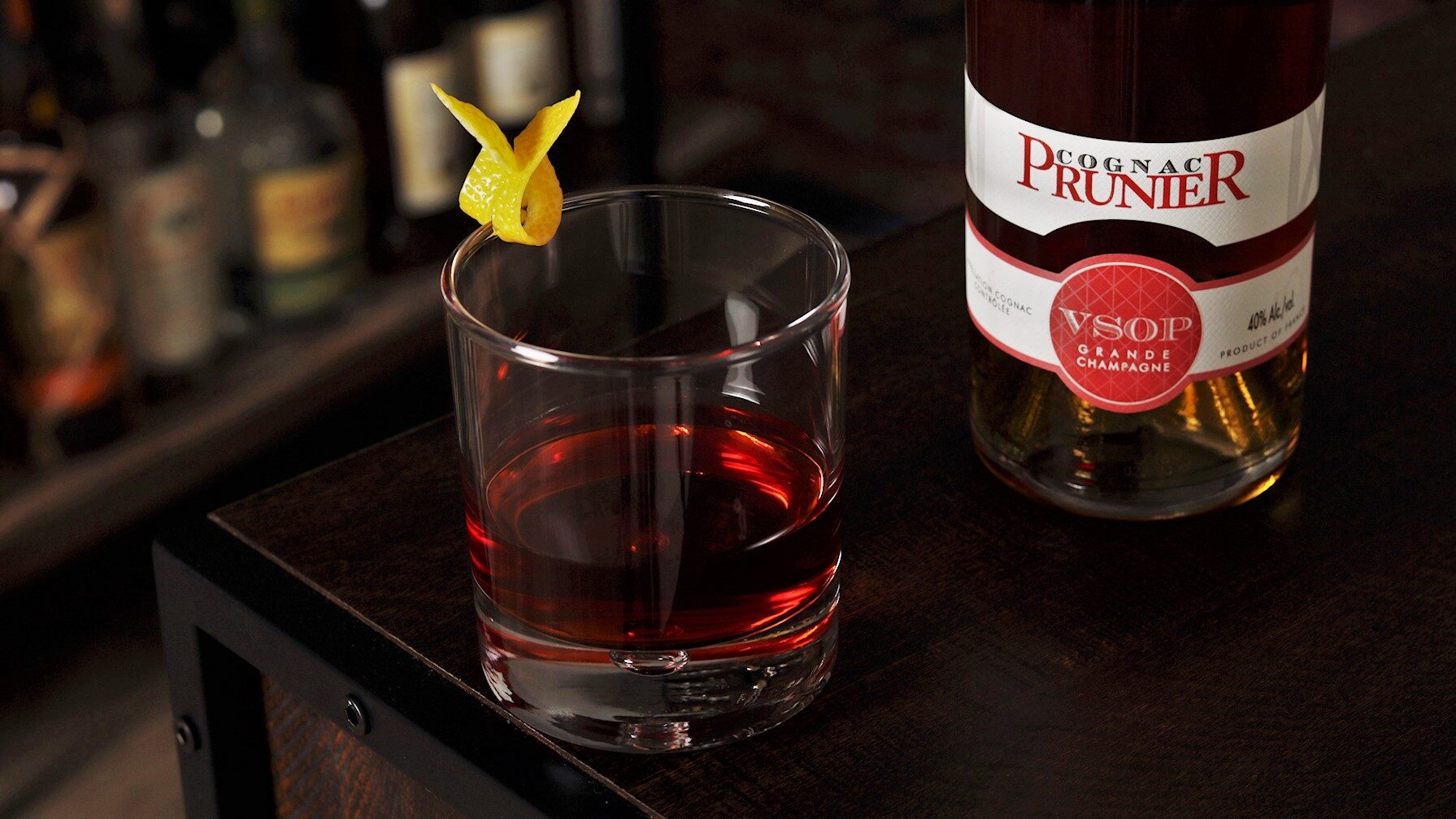
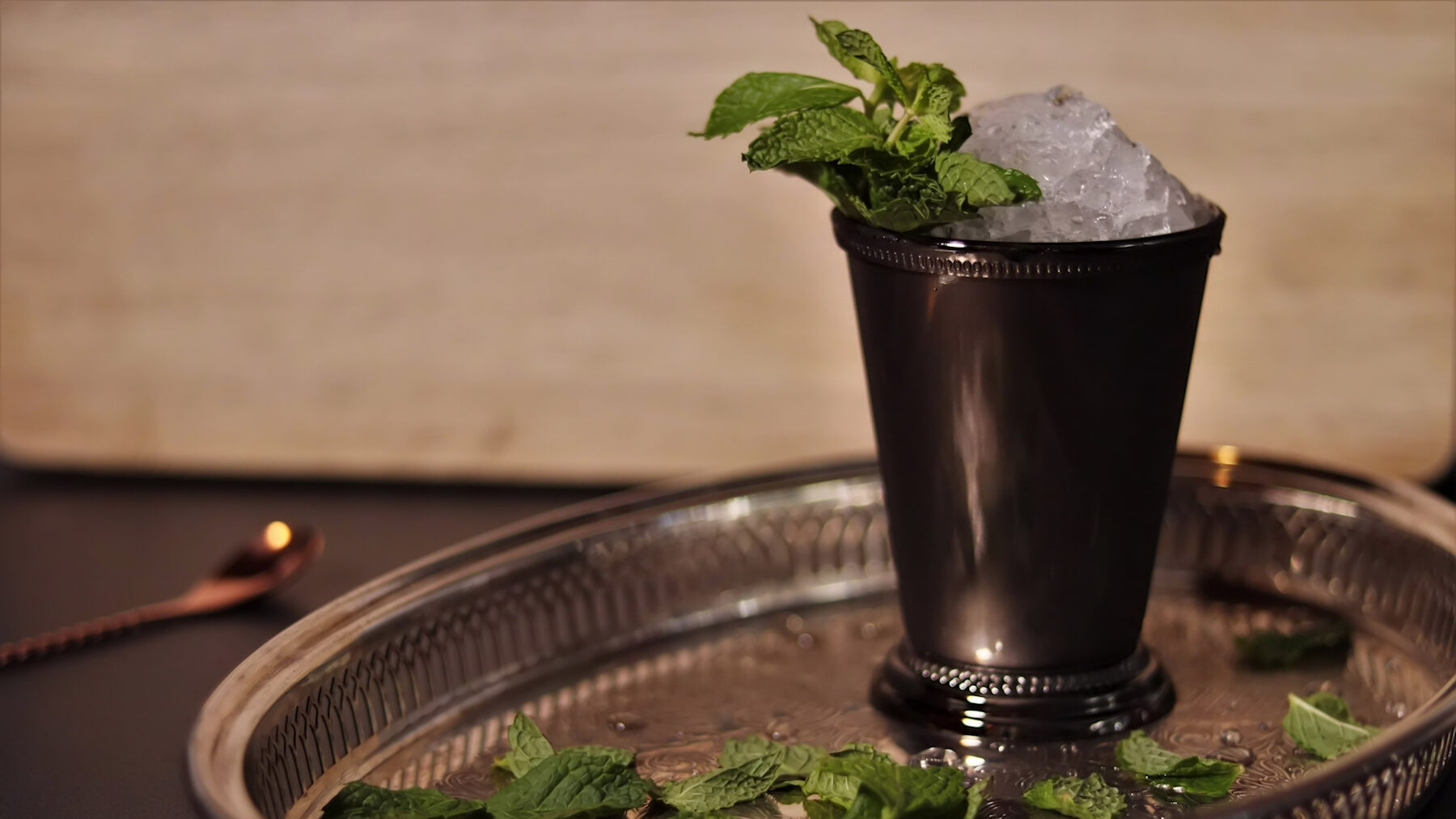
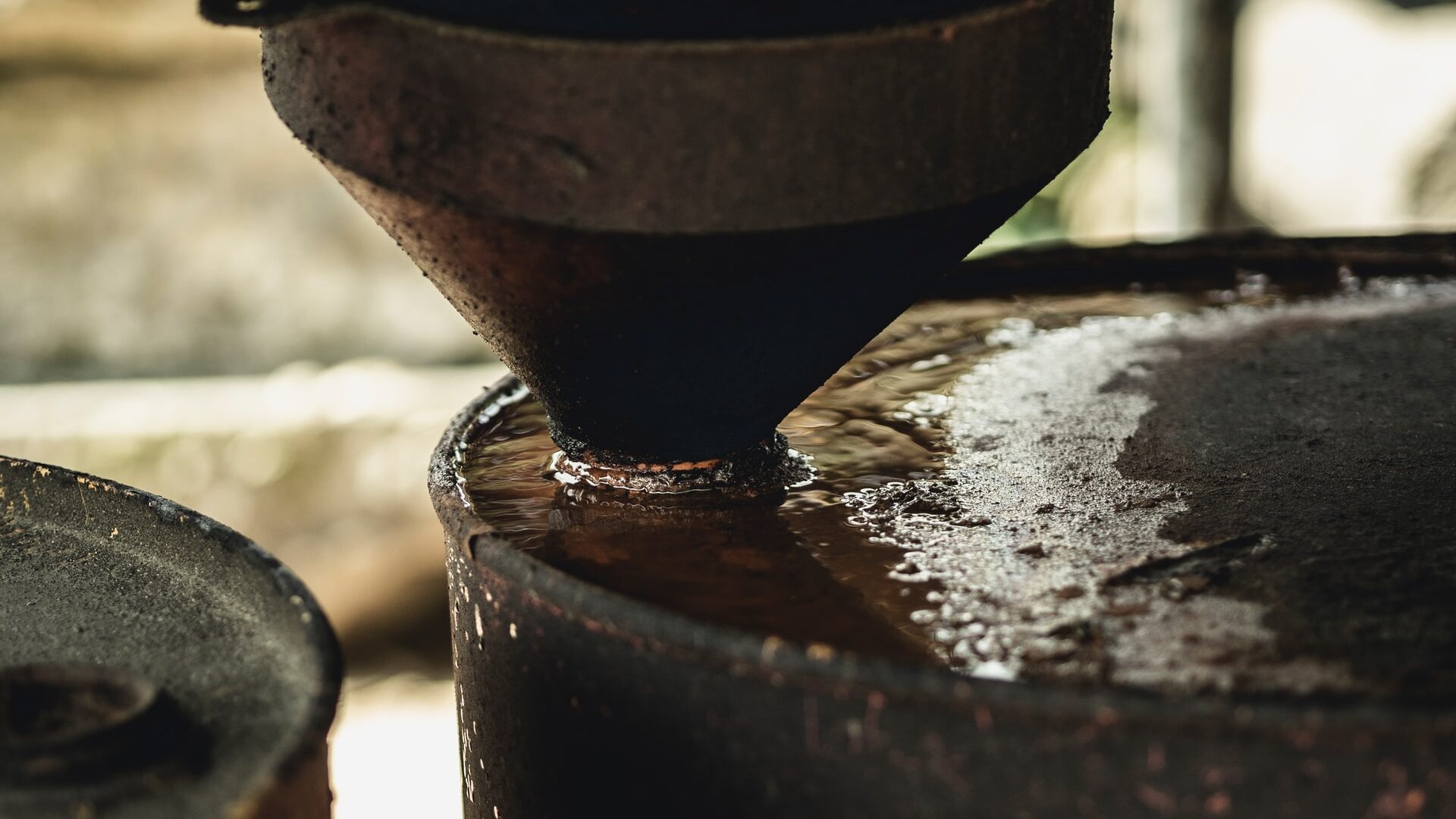
Wonderful, so interesting, and so well writen!
Thank you very much for reading! I’m glad you enjoyed the information.
[…] For an interesting read on ingredients in brandy see cognacreverie.com blog here. […]